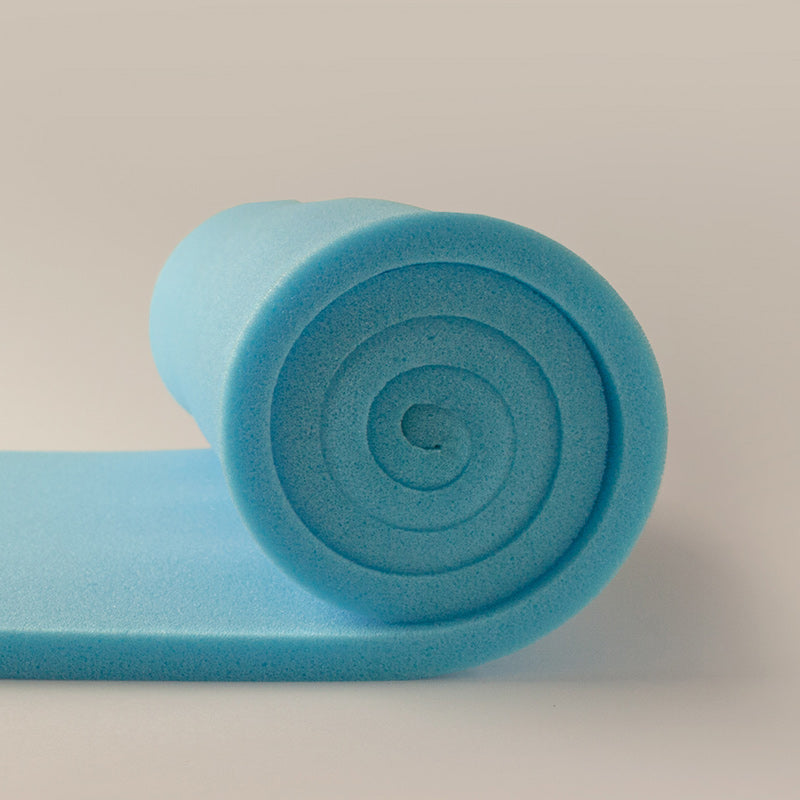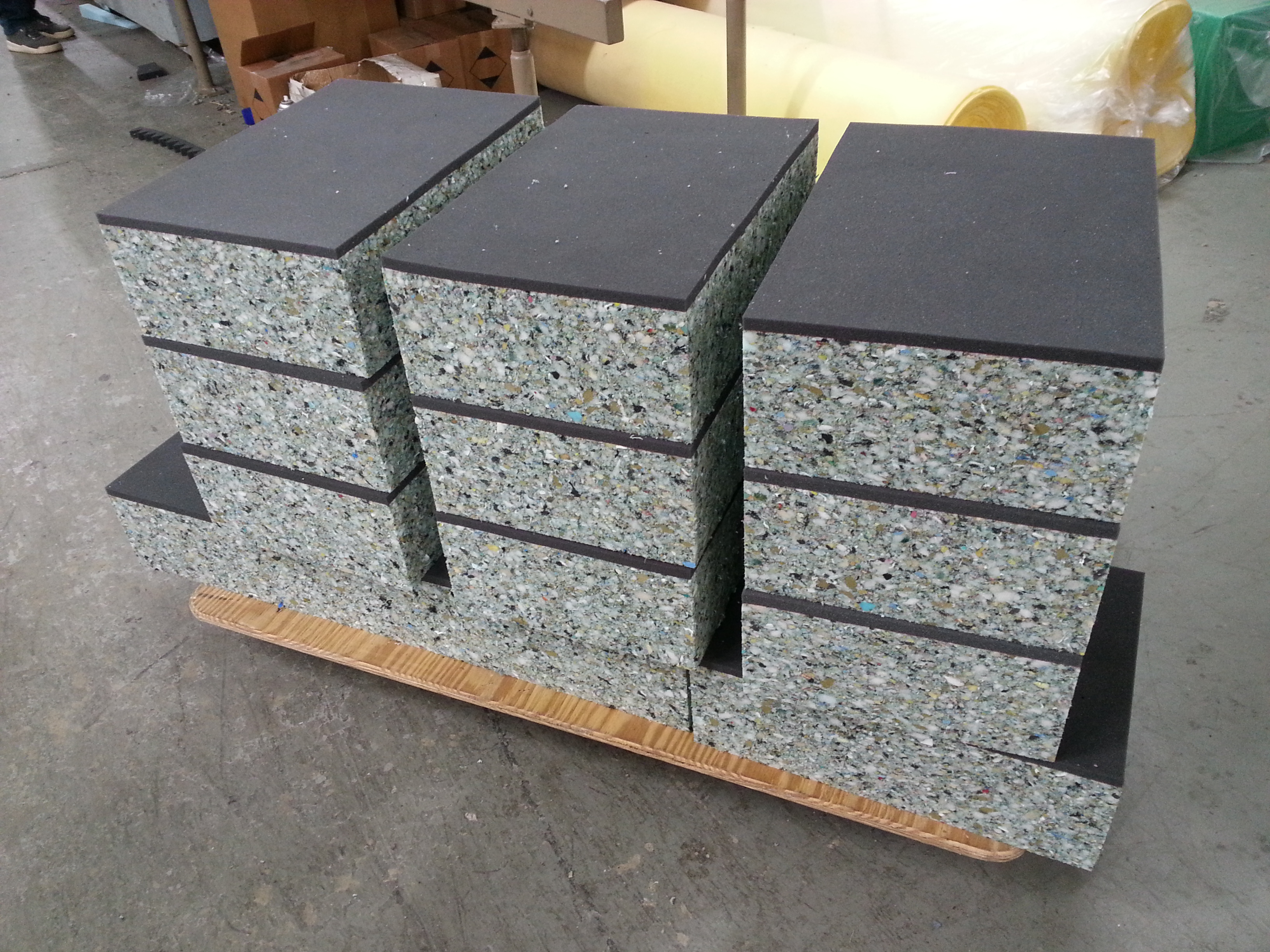
Higher-density foams generally conform closer than low-density foams and thus offer better pressure relief than lower-density foams.

They are less susceptible to sagging, and also more resistant to accidental damage and tears. How Foam Density Affects Mattress Performanceĭenser foams are more durable and tend to outlast lower-density materials. The section below goes over some other factors to consider. On the other hand, low-density foams tend to offer better temperature regulation, which can be an important factor for those living in warm climates. Denser foams are typically more durable than low-density foams, and will not sag as much over time. You may see 2-4 separate layers of different foam materials in a single mattress, each of which may have a substantially different density rating.ĭensity can also influence a mattress’ responsiveness, durability, motion isolation, and cost. Mattress support cores typically utilize high-density polyfoam or latex, while comfort layers utilize foams of a variety of densities. This produces that quality that memory foam is known for, where an impression from your body or object lasts in the foam for a few seconds.īecause of these properties, manufacturers often use a mix of foams with various density ratings. When it comes to memory foam in particular, higher-density foams recover more slowly after pressure is applied to it. Conversely, low-density foams will feel softer, but cannot withstand excessive pressure or weight. Foams with a high density will generally feel more firm, and can withstand more pressure.
High density foam how to#
We’ve covered how foam density is measured, and how to calculate it – but what does it actually mean?ĭensity has a significant influence on how the foam feels and performs. When comparison shopping, be sure to double check the type(s) of foam, and not just the density rating.

This disconnect can also make it somewhat confusing to compare foam densities on multiple mattresses. This is due to the different properties of each material. MaterialĪs you can see from the table, the range that is considered “high density” for polyfoam is much different than the same range for memory foam. A table covering the various density ranges for foams can be found below. In general, you can expect to see foam densities ranging from 1.5 PCF to 5 PCF or more. Most manufacturers will list the various materials they use and the density measurements for each foam component. By dividing the total weight by the total number of cubic feet (100 divided by 25, in this case), we can see that this layer has a density of 4 pounds per cubic foot (4 PCF). In other words, the density of foam is expressed by measuring the weight of a single cubic foot of foam material.Īs an example, consider a foam layer that weighs 100 pounds and measures 25 cubic feet in total. In the case of foam, it is measured in pounds per cubic foot (PCF). How is Foam Density Measured?ĭensity is simply a measurement of weight per unit of volume. It will also help guide prospective mattress buyers to select a bed with the proper foam density for their own comfort preferences. This article will explain how foam density is measured, and what these measurements actually mean. Because foam density is such a significant factor in the performance and feel of each mattress, it’s a good idea for mattress shoppers to understand foam density measurements.

Within each category of foam, one may find dozens of variations in density and firmness. Commonly used foams include polyfoam, latex, and memory foam. Most modern mattresses are made using various layers of foam material.


 0 kommentar(er)
0 kommentar(er)
